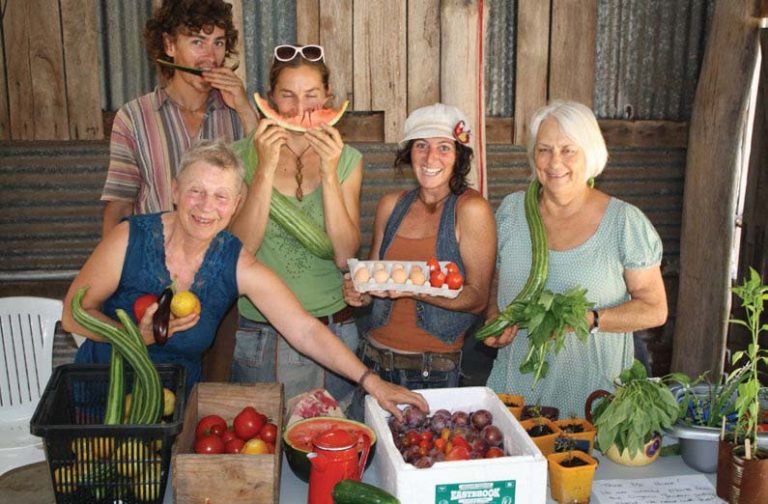Growing Community Gardening in the Top End

This article is about the little network that could. A low-key, flexible organisation made up of permaculturalists, community gardeners, teachers and Northern Territory Department of Education staff working together to make growing and cooking organic, local food a key part of daily life in the Top End. Throw in a bit of resilient communities’ action, and sustainable design and practice, and we are really getting somewhere!
There are many joys of living in the Top End and many challenges, and often these are the opposite sides of the same coin. The climate is more like that in South-East Asia than in most of Australia. Top Enders, like most Australians, love eating at Asian restaurants. However, if you look closely at those Asian dishes you are more likely to find broccoli, celery and potato in them than snake gourd, winged beans or sweet potato. Hence the challenge: to share with Top Enders the information and skills to help them grow all sorts of amazing foods, and to cook with them.
There have been dedicated permaculturalists in Darwin for many years. However, in the last ten years we’ve seen an amazing increase in the number of keen permies and local foodies. Partly because of another challenge – remoteness, and the huge amount of ‘food miles’ and extra costs associated with buying food. But also because of broader community interest in growing food more locally and sustainably.
A critical mass was reached when Rosemary Morrow taught a Permaculture Design Course (PDC) here in 2008.





